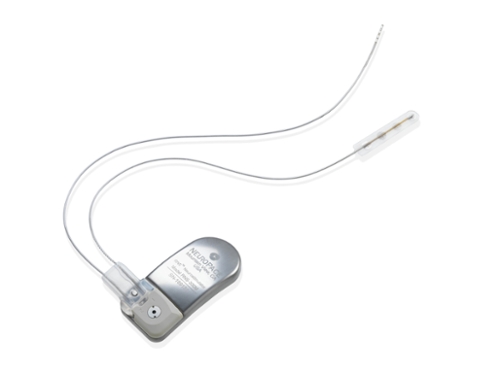
What Is Brain-Responsive Neurostimulation?
Brain-responsive neurostimulation is a type of monitoring epileptologists (doctor who treats epilepsy) use to prevent seizures caused by epilepsy. This type of stimulation responds to your brain's electrical activity to stop a seizure before it happens.

Brain-responsive neurostimulation prevents seizures in the following ways:
- Monitors the electrical activity in your brain at all times
- Detects any unusual activity in your brain that may lead to a seizure
- Delivers a small electrical pulse to your brain to prevent a seizure from happening
Brain-responsive neurostimulation sends electrical pulses to your brain milliseconds after it detects any unusual brain activity that could cause a seizure. It gives you treatment when you need it.
Responsive neurostimulation is sometimes called deep brain stimulation. The RNS® or the Neuropace RNS® System is a device that monitors your brain's activity and sends pulse.
Hear From an Epilepsy Specialist
This is a modal window.

“One of my favorite things to do is go out and walk dogs, to be able to run, and be out in nature...I never would have been able to do that if I was still where I was back in 2012, having so many seizures.”
Who Needs Neurostimulation Therapy?
Brain-responsive neurostimulation is best for adults who fall into the following categories:
- Tried at least two anti-seizure medications but still get seizures often
- Severe seizures that disrupt your everyday life
How Successful is Brain-Responsive Neurostimulation?
Many people have fewer seizures after having brain-responsive neurostimulation.
The RNS® System continues to work better over time:
- Most patients will have 60% fewer seizures after three years.
- Most patients will have 72% fewer seizures after seven years.
Will Brain-Responsive Neurostimulation Make My Seizures Go Away Permanently?
No. RNS® won't make your seizures go away completely. But many people have at least a couple months without having any seizures at all.
Some people don't have seizures for a year or longer after having RNS®.
Find a NeuroPace RNS Specialist
Brain-Responsive Neurostimulation Device Surgery
Neurosurgeons typically need to remove the part of your brain that's causing seizures for most types of epilepsy surgery. However, your neurosurgeon won't need to remove any part of your brain or its brain tissue during the brain-responsive neurostimulation procedure.
Instead, your neurosurgeon will implant the Neuropace device into the part of your brain that's causing seizures.The Neuropace device can then release an electrical pulse to that part of your brain to stop a seizure before it starts.

The Neuropace device is tiny and can't be seen once it's implanted.
RNS® is also reversible. Your neurologist can turn the device off. You can also have surgery to remove the device if you would like. But you don't have to get the device surgically removed once you stop using it. It's perfectly safe to leave the RNS® device inside your brain tissue.
This is a modal window.
Video: RNS Overview and Publications
Video: RNS Overview and Publications
Video: Physicians Describing RNS System
Video: Patient Experience
Video: How the RNS System Works
Neuropace Surgery Recovery
Most patients stay in the hospital for one to two days after having surgery. You should be able to get back to most of your regular activities once you return home.
After the RNS® device is implanted, no one will be able to tell you have it because they won't be able to see it.
Next Steps
You will need a referral from your primary care provider or neurologist to get brain-responsive neurostimulation. Make an appointment with your neurologist if you've tried at least two anti-seizure medications but still get seizures.





